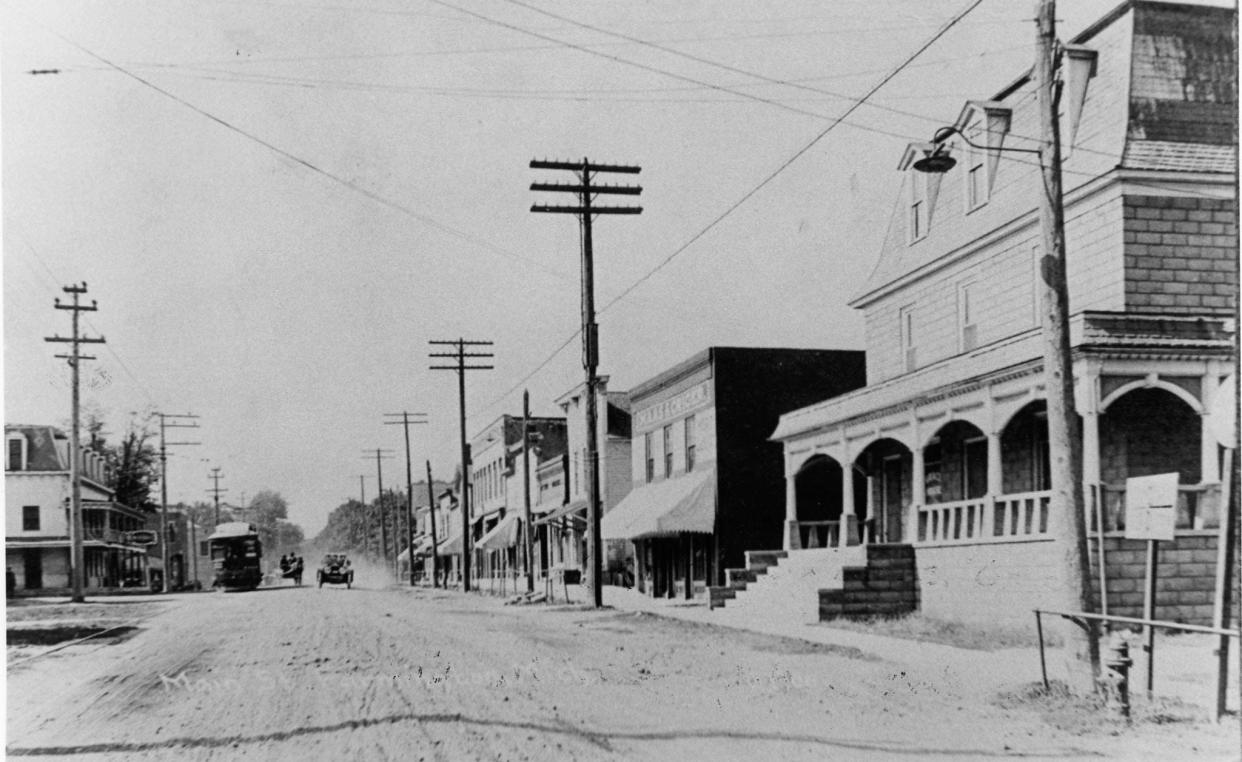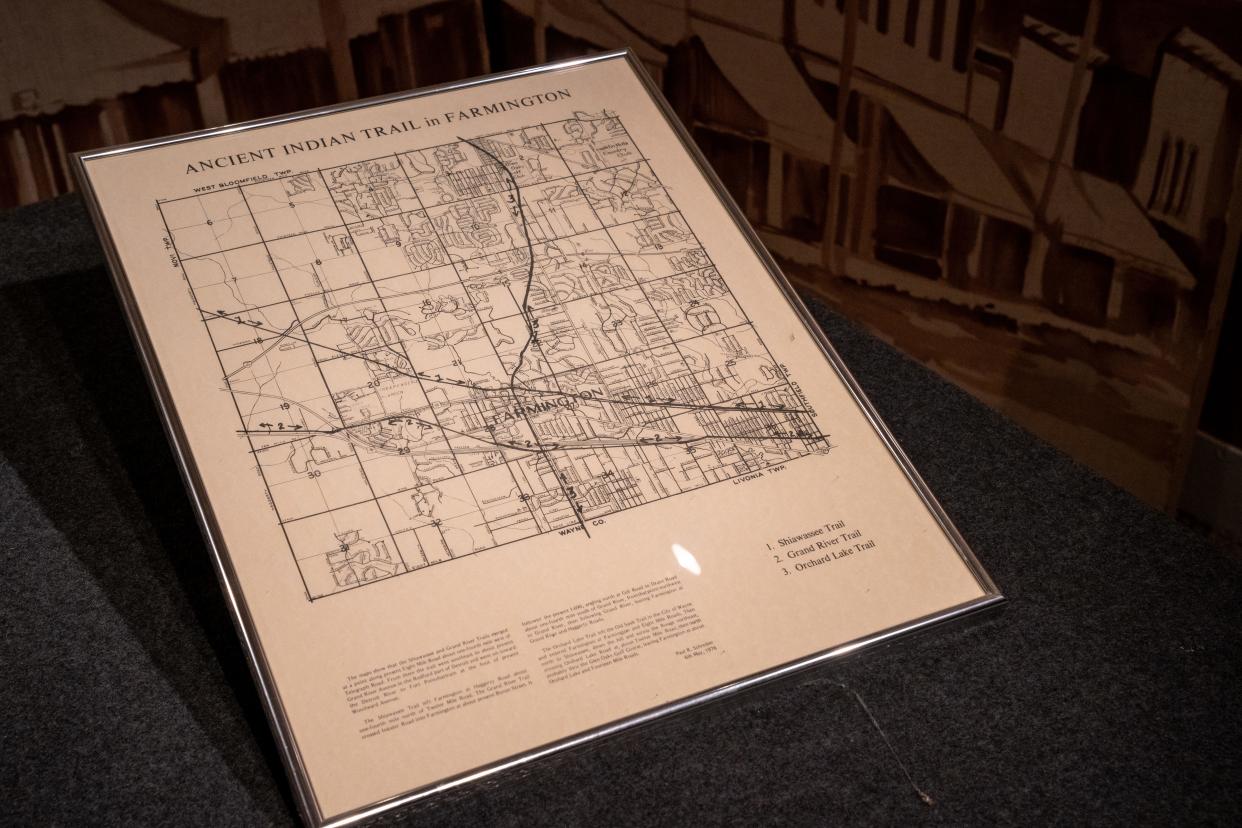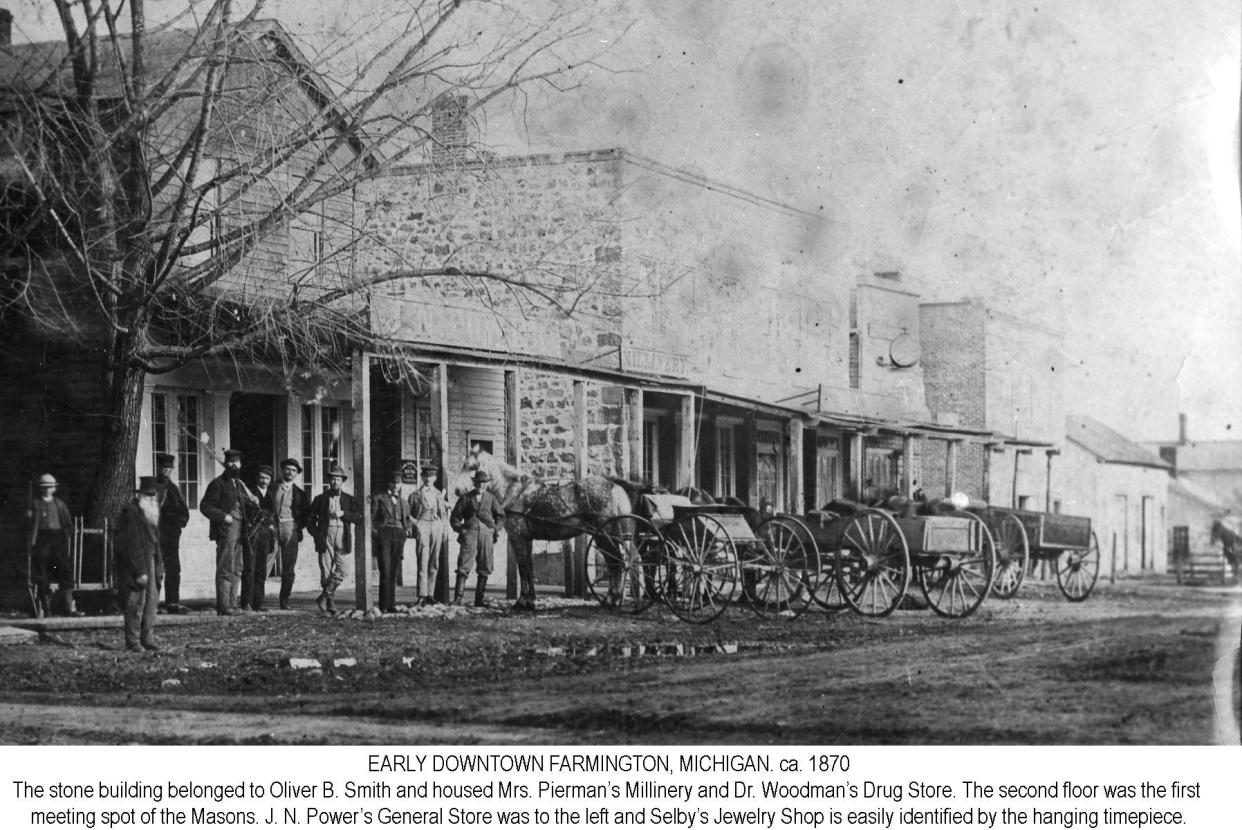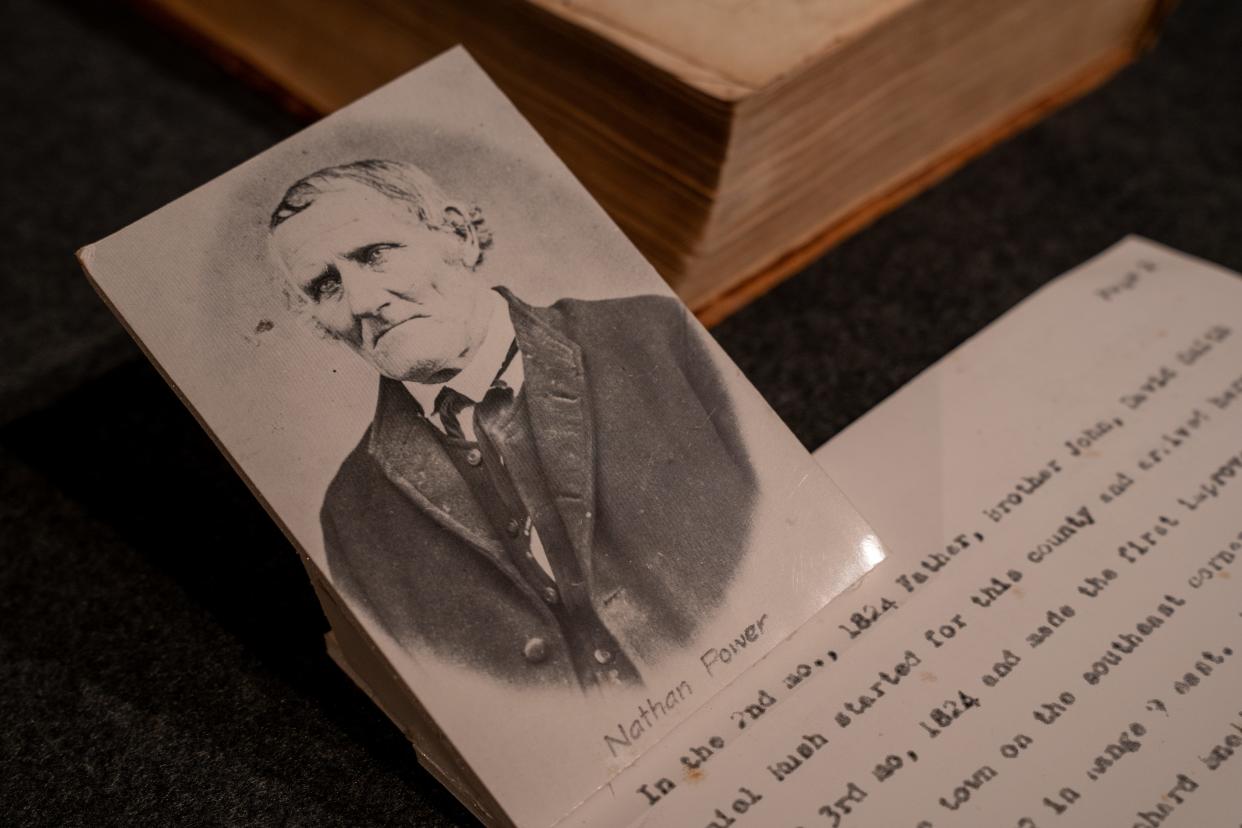Farmington to celebrate bicentennial: 5 facts to know about the Detroit suburb
Once large forests densely populated with Native Americans, 200 years has changed nearly everything about Michigan's rural city of Farmington. In honor of the town's bicentennial next week, the city is reflecting on its historical legacy.
A local brewer even is releasing an honorary beer to mark the occasion.
Farmington’s Historic District was established in 1980 to preserve the history of Farmington during the rise in the development of nearby Farmington Hills − and patrons will be invited to walk its streets on March 8.
In honor of the city’s bicentennial, Farmington Brewing Co. is releasing a new 1824 Farmhouse Ale and Cider during the celebratory event.
More: Why 2024 is going to be a 'special year' for Farmington
Interesting Facts:
The town was settled by Quakers. In 1824 Arthur Power loaded his family and farmhands into a horse-drawn sleigh, setting out on the precarious adventure of settling land. The town that is now Farmington was purchased for $1.25 an acre and was established within six months. The Power family is buried at the Quaker Cemetery, standing today along Cortland Street.

Worth noting: Before 1820, the land around the Shiawasee River was inhabited by the Kechewondaugoning of the Shigemasking Reservation. These reservations were entirely abandoned by 1831, their owners displaced and land resold to early English settlers.

Greek Revival architecture. The popular style of a farmhouse built in Michigan’s first settled land featured tall white columns mimicking the style of Greece. Almost all of which are demolished today, Farmington has 18 preserved Greek revival homes registered with the Michigan Historical Registry. The city is also home to two structures built by Michigan’s first female architect, Emily Butterfield − the homes still stand today and feature an English Tudor-style design.

An important stop along the Underground Railroad. Arthur Power’s son, Nathan, grew up to be the president of the Oakland County Antislavery Society and he frequently invited abolitionists Sojourner Truth and J.S.T. Milligan to speak to Farmington’s Quaker community. During the periods when Detroit was too dangerous for escaping slaves, Farmington opened its pathway through Port Huron without question. Nathan was posthumously honored by the National Underground Railroad Network in 2012 for his efforts.

A history of local news. The precursor to the Farmington Observer, the Farmington Enterprise dates to 1888 and the Farmington Community Library has nearly all of its copies available for reading. Common articles featured local businesses and town gossip, while investigative journalists of the time tracked the town's growing popularity and changing socio-economic scene.
A Brief Look Back: Newspaper headlines from 100 years ago
The town’s first theater is still open. Built in 1939, and broadcasting Hollywood favorites by the next year, the Farmington Civic Theater, at 33332 Grand River Ave., will be the backdrop to a musical performance during the upcoming Bicentennial. The theater is designed by C. Howard Crane, who designed Detroit’s Fox Theater, and its second-floor balcony was remodeled into a second theater in 1989. The city acquired the building in 1999 and has maintained its movie line-up ever since.
This article originally appeared on Detroit Free Press: Farmington, Michigan to celebrate bicentennial: 5 interesting facts
